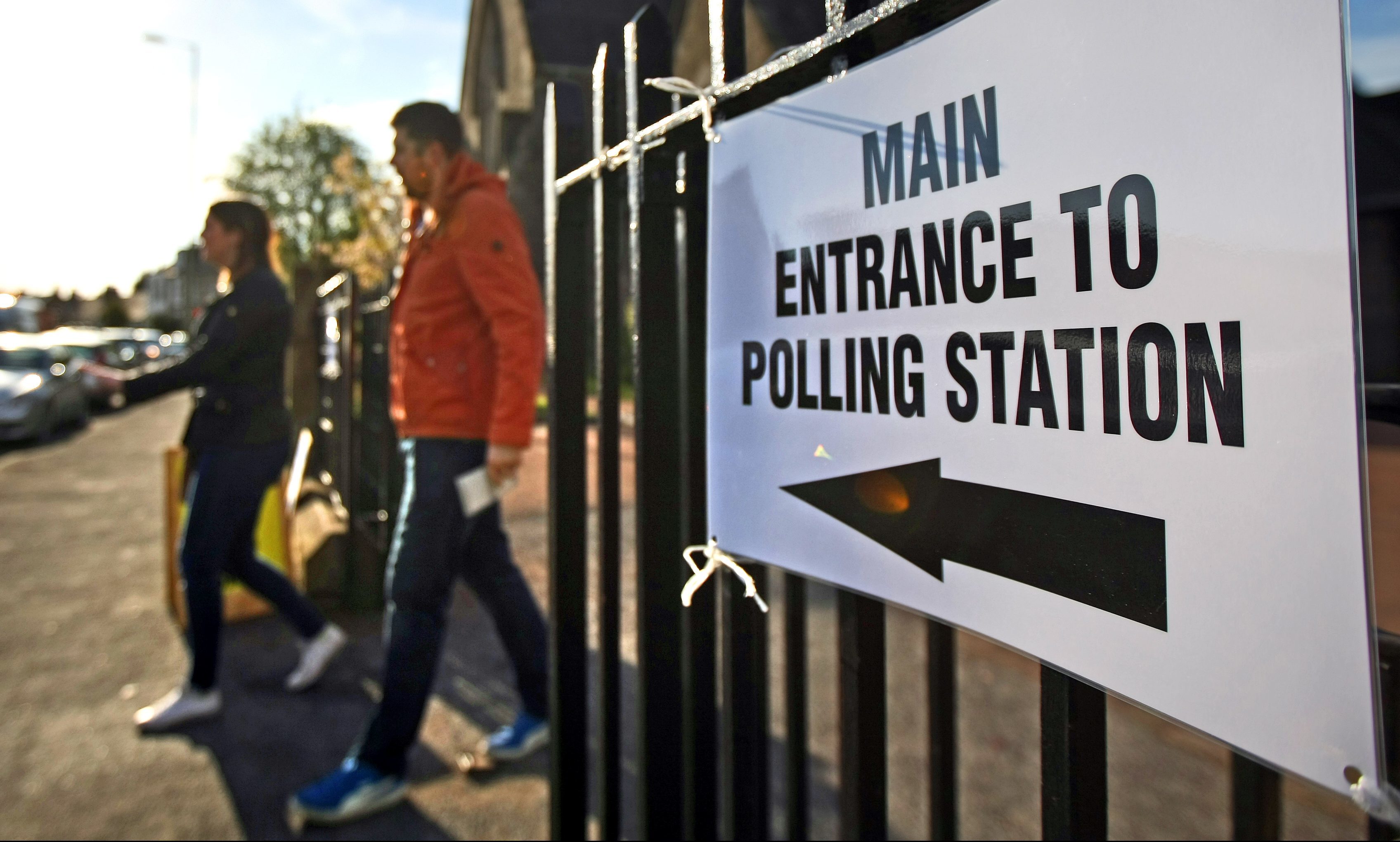Opinion polls are not the enemy of those who want to know the general mood of the people at a given point during an election campaign.
Instead, extreme caution should be exercised when it comes to believing any voodoo magic around how a survey of 1,000 people across the country can predict the outcome of individual seats.
First of all, we must rid ourselves of the notion that polls are meaningless.
Yes, they are to be taken with a pinch of salt and can vary a lot during the course of a campaign.
A bit like public opinion which, of course, is what they are measuring.
For most people, the obvious exception was the EU referendum, where most of the polls in the run up to voting day suggested a remain victory.
It is worth remembering, however, that plenty had earlier recorded leave wins and a “poll of polls” for Elections Etc., taking in the 12 most recent surveys up until June 23, had remain at 50.6% and leave at 49.4%.
Essentially, it was going to be really tight. The result finished 48% to 52%.
That’s quite something when you remember all polling has a 3% margin of error.
The US Presidential race is another example that has left people angry, but it actually gives weight to the argument that national accuracy does not mean localised knowledge.
Amongst the seven final polls, the average popular vote share lead for Hilary Clinton was 3.9%. She won the popular vote by 2.1% but lost the contest in key states.
The same problem led to everyone predicting an SNP majority at last year’s Holyrood election when, in fact, we mainly failed to understand the complicated way the first past the post and regional list systems mix.
An independent briefing by the Scottish Parliament says: “In terms of the average of the final three polls, except for the Conservatives, predictions for all parties’ share of the vote was within the standard +/-3% margin for error.”
Seeing as we are about to vote in a general election on Thursday, let’s dispel some of the myths about 2015.
Survation had a late telephone poll predicting the Conservatives on 37% and Labour 31%. On the flip side, both MORI and ICM’s final polls respectively came up with leads of one point for the Conservatives and one point for Labour while YouGov had a dead heat.
The Ashcroft “on the day” poll, conducted among more than 12,000 respondents who had voted, resulted in: Conservatives 34%, Labour 31%.
The actual result was Conservatives 38% and Labour 32%.
So, the Labour vote was about right and the Conservative vote underestimated but, again, by barely more than the margin of error.
The big difference was that the Tories won in marginal constituencies and that is what matters on Thursday.
Labour could be about to put on loads of votes in either safe seats or hopeless seats and, as such, feel good about themselves in the polls whilst having very little tangible reward under the first past the post voting system.
Equally, for the Conservatives, they are running the risk of a similar thing happening in Scotland.
Take Perth and North Perthshire as an example. All indications show this could well be within 1,000 votes between Ian Duncan and Pete Wishart.
Given the SNP man currently holds a near 10,000 majority that is a substantial swing towards the Tories but means nothing in simple electoral terms if they don’t win it.
Polls, unless they are done on a local basis, do not reflect what is happening on the ground. They do not pick up those little nuances that swing seats, and potentially decide elections.
What the current crop of polls show, with Tory leads ranging from one to 11 points, is that someone is likely to be badly wrong on Thursday.
They don’t decide local seats, though. You do. Go out and vote on Thursday.
